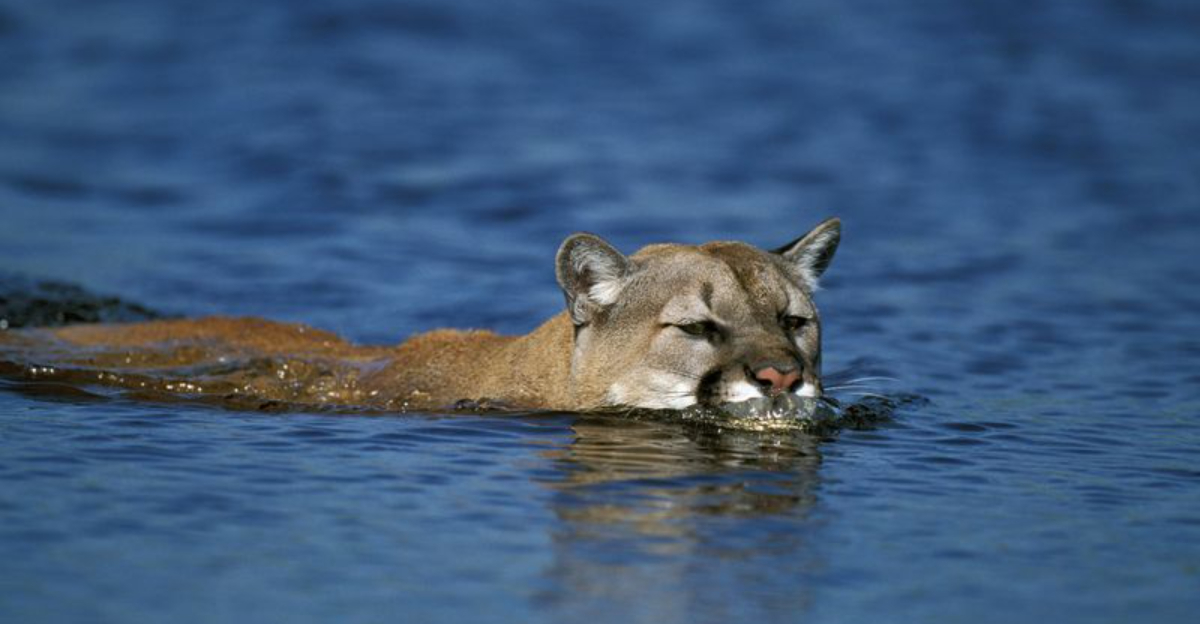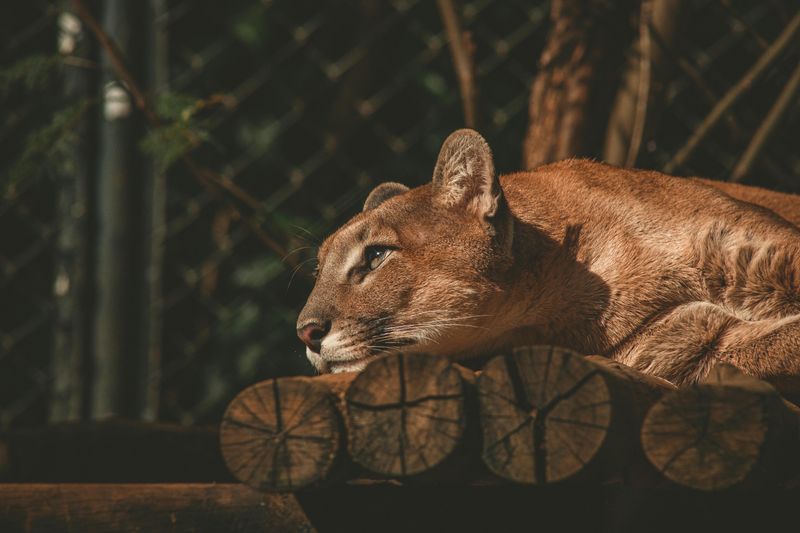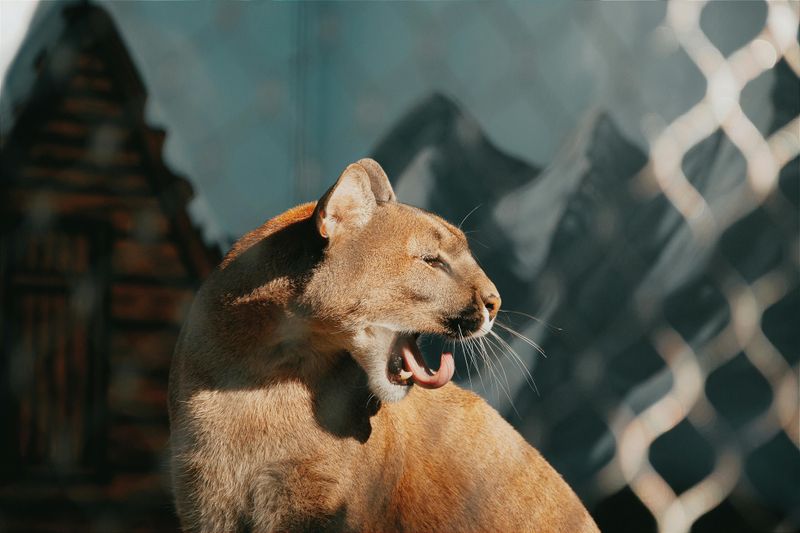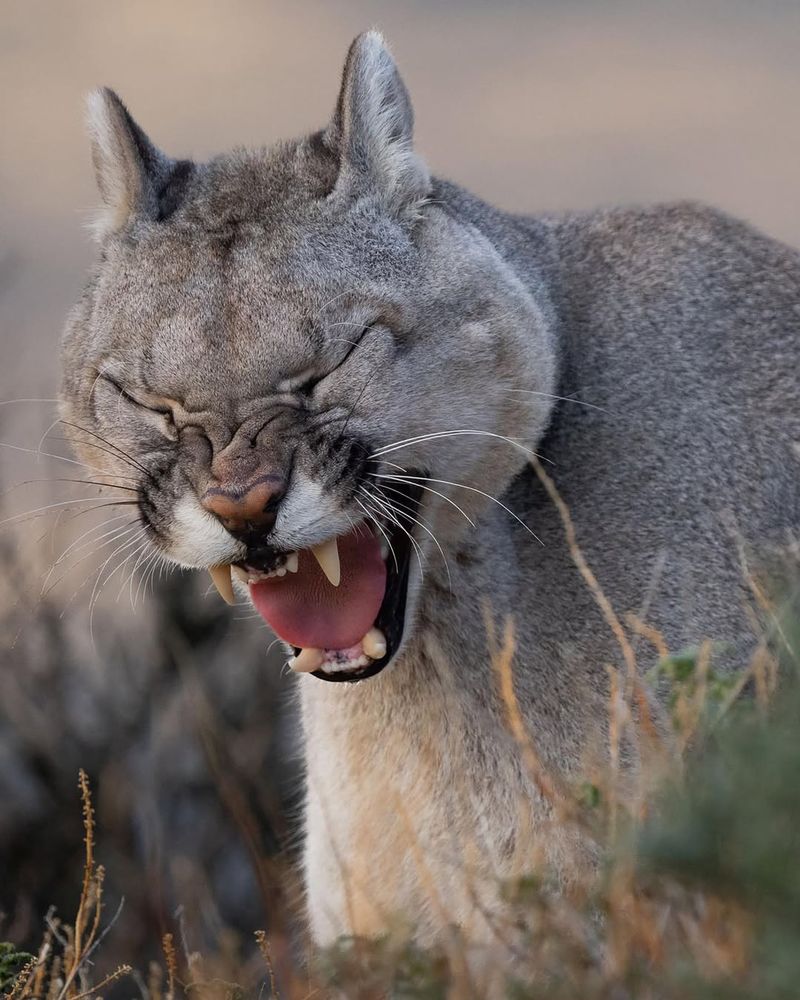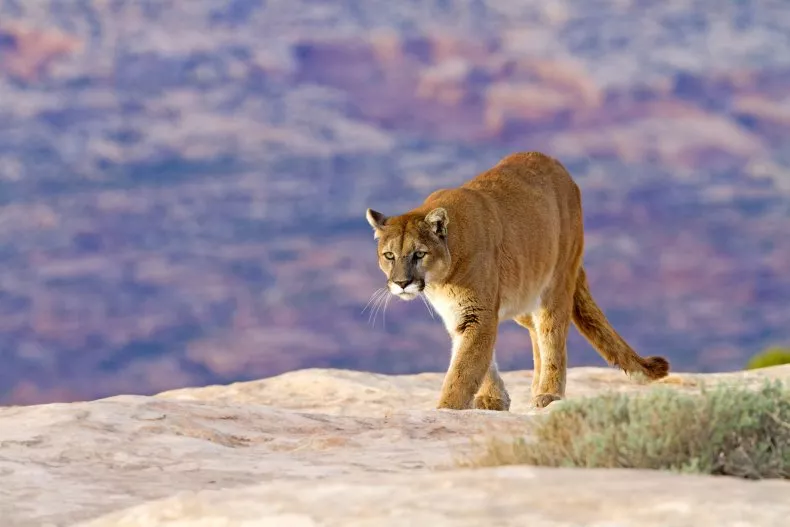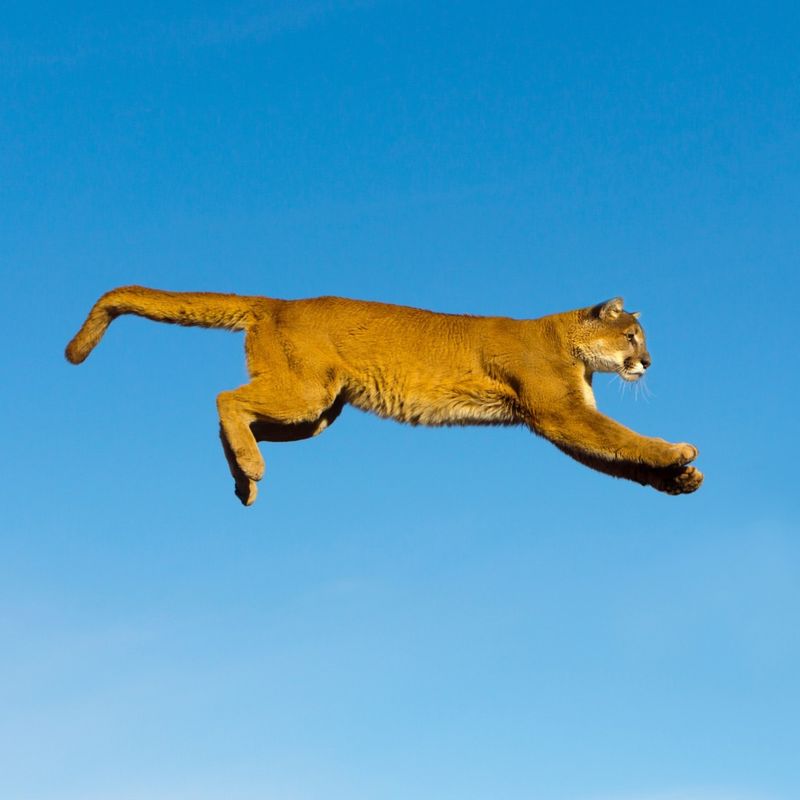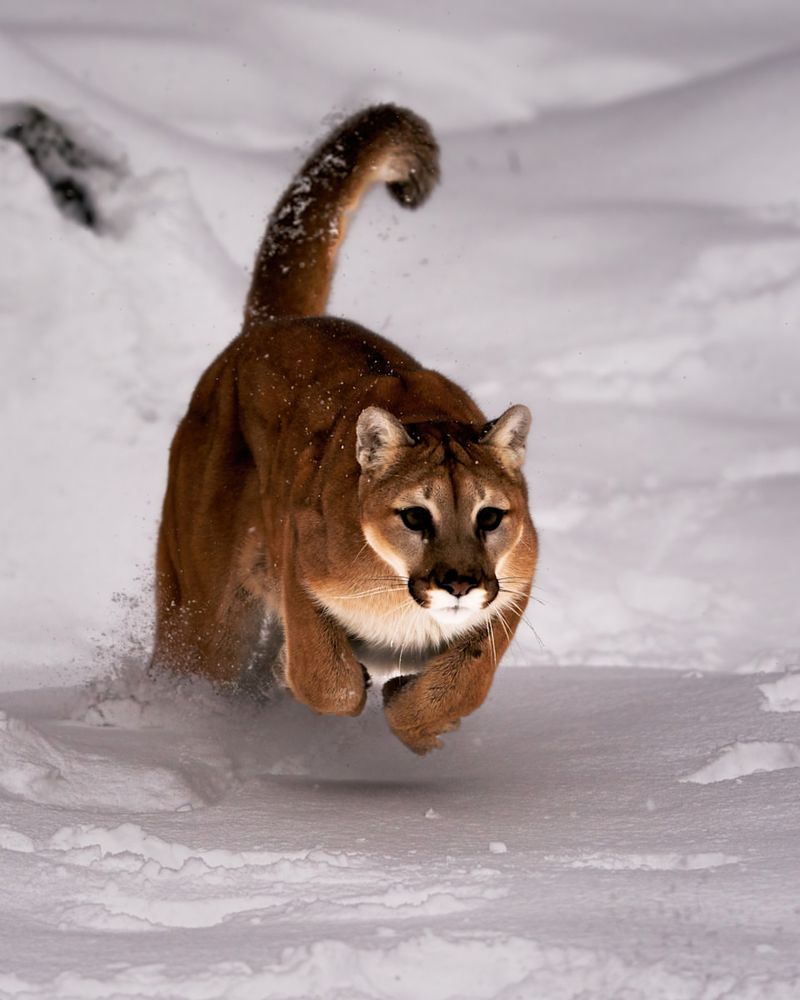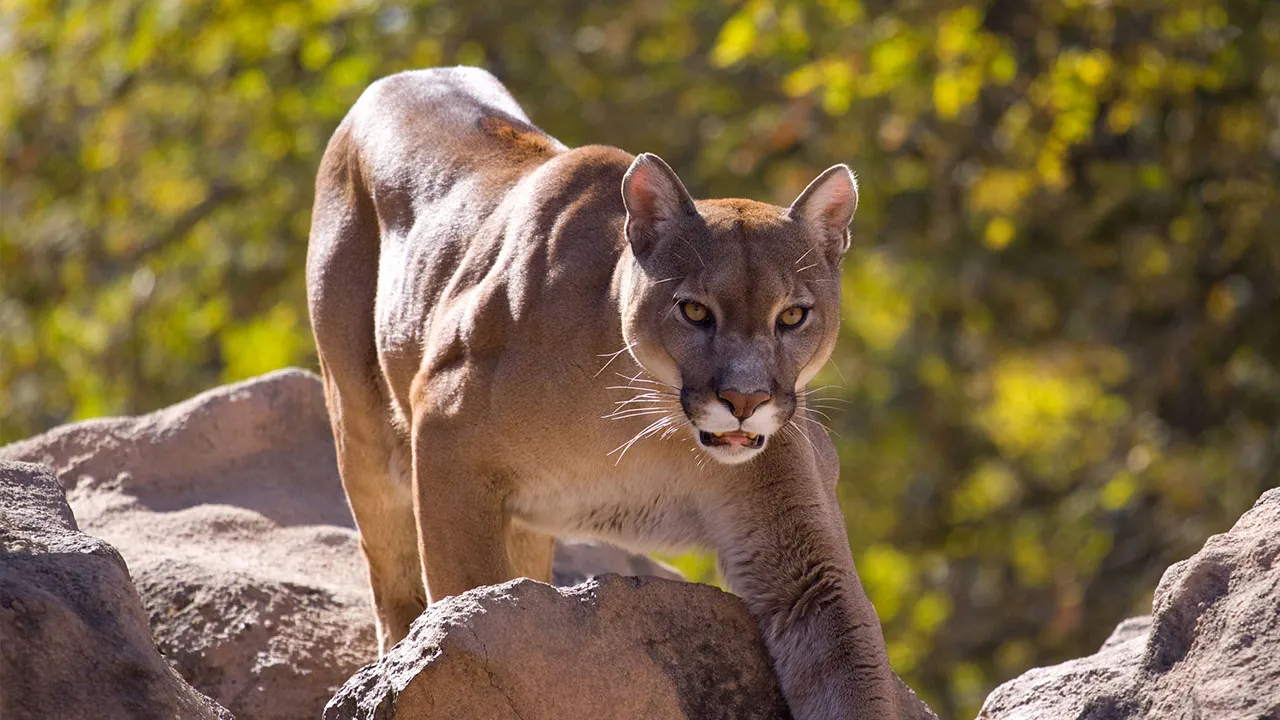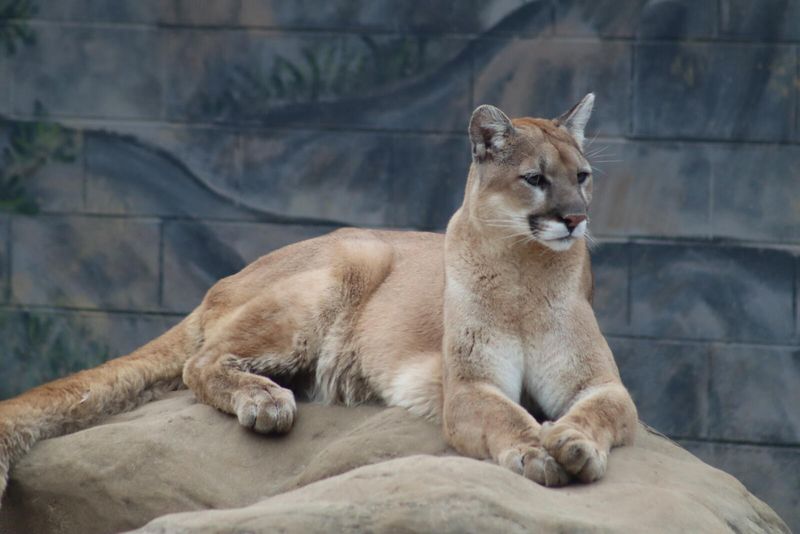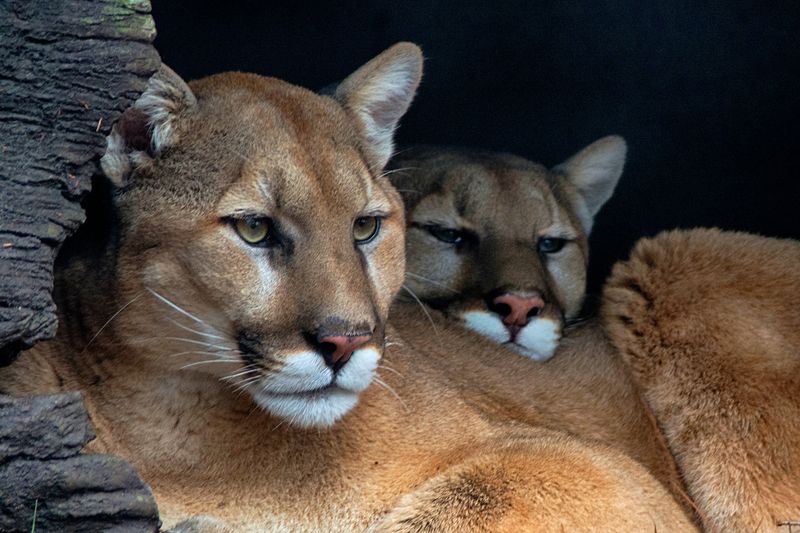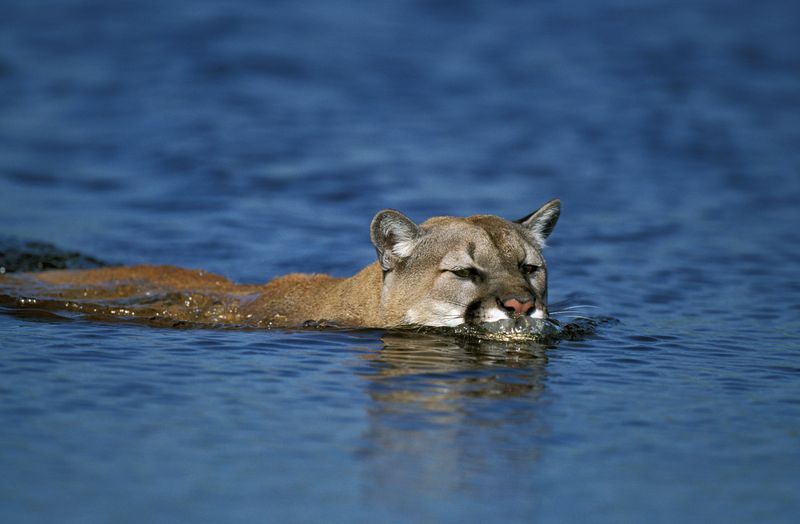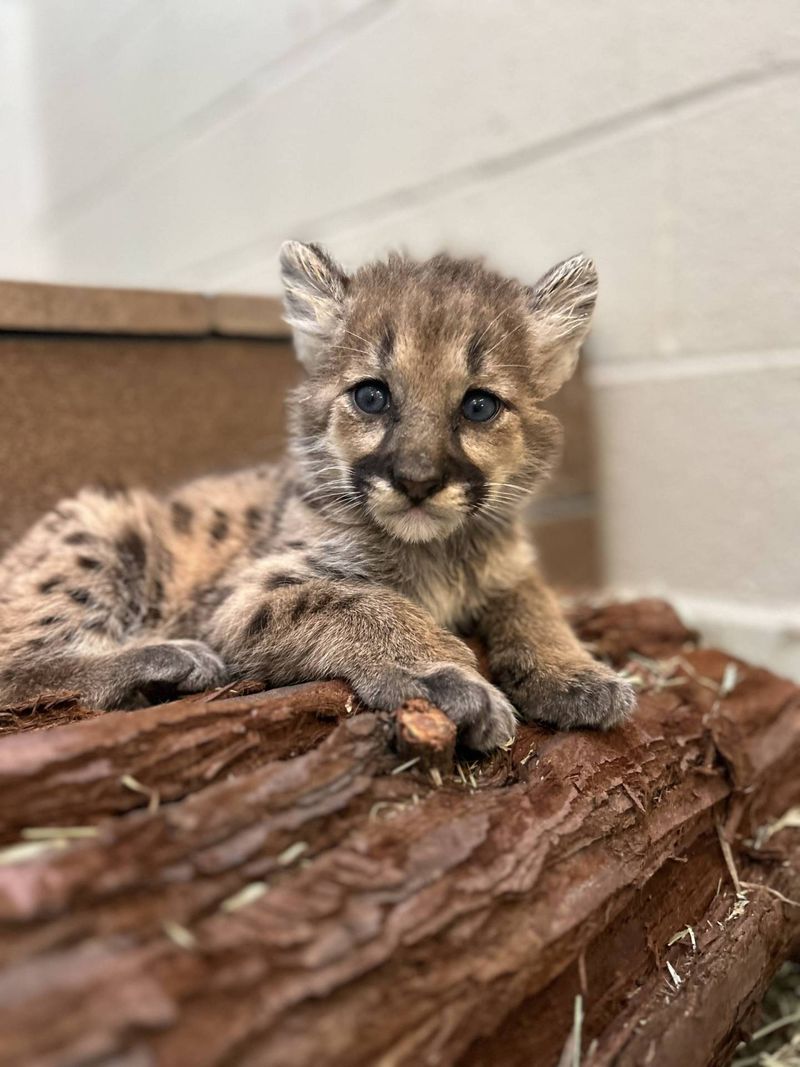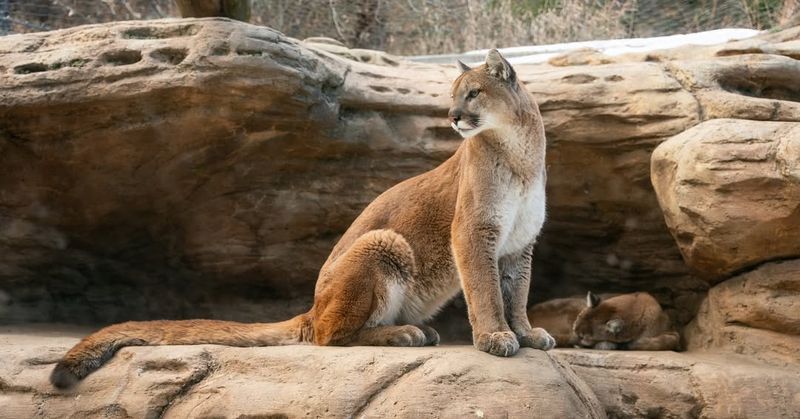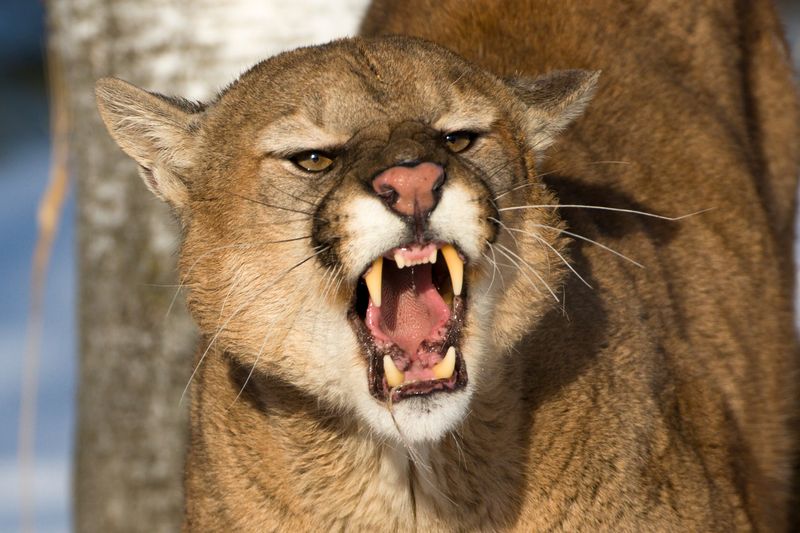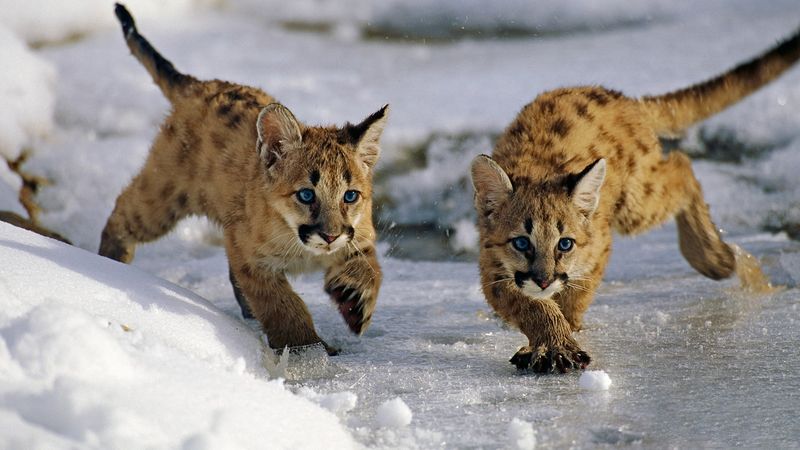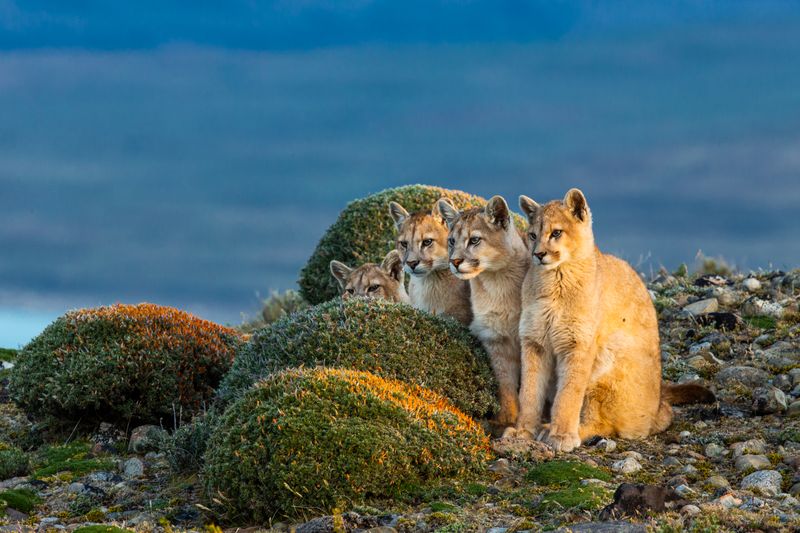📖 Table of Content:
- 1. Mountain Lions Have the Most Names of Any Wild Cat
- 2. They Are the Largest Small Cat
- 3. They Can’t Roar, but They Can Scream
- 4. They Have the Widest Range of Any Wild Cat in the Americas
- 5. A Mountain Lion Can Leap 40 Feet in a Single Bound
- 6. They Can Run Up to 50 mph
- 7. They Are Silent Stalkers
- 8. They Are Solitary and Avoid Humans
- 9. A Single Kill Can Feed a Mountain Lion for a Week
- 10. They Are Excellent Swimmers
- 11. Mountain Lion Cubs Are Born With Spots
- 12. Their Tails Are Almost as Long as Their Bodies
- 13. Their Jaw Strength Rivals That of Big Cats
- 14. They Are More Closely Related to House Cats Than Lions
- 15. Their Population Is Slowly Rebounding
Mountain lions, also called cougars or pumas, are powerful and elusive predators found throughout the Americas. While they are one of the most widespread wild cats, much of their behavior remains a mystery due to their secretive nature. Their ability to adapt to diverse environments makes them one of the most resilient big cats in the world.
Despite their silent and solitary lifestyle, mountain lions possess remarkable physical abilities that set them apart from other predators. They can leap incredible distances, sprint at high speeds, and take down prey much larger than themselves. Their unique communication methods and survival strategies make them a true marvel of the wild.
From their stealthy hunting techniques to their surprising similarities with house cats, these insights reveal what makes them such formidable apex predators. Understanding these majestic animals not only deepens our appreciation for them but also highlights the importance of protecting their habitats.
1. Mountain Lions Have the Most Names of Any Wild Cat
Mountain lions have earned the distinction of possessing more names than any other wild cat. Known as cougars, pumas, panthers, and catamounts, they boast over 40 different names in English alone! This variety in nomenclature reflects their wide range and adaptability to various regions across the Americas. Each name often corresponds to a specific geographical area, adding to the mystique of these elusive creatures. The diversity of names underscores the cultural significance and widespread presence of mountain lions, making them an enduring symbol of the wild.
2. They Are the Largest Small Cat
Despite their imposing size, mountain lions belong to the Felinae, or small cat family, rather than the big cats like lions or tigers. These agile predators can grow up to 8 feet long and weigh as much as 220 pounds, making them the largest of the small cats. Their classification results from physical characteristics such as the ability to purr, unlike their roaring big cat cousins. This unique blend of size and family placement makes mountain lions a fascinating study in the diversity of the feline world.
3. They Can’t Roar, but They Can Scream
Mountain lions are known for their distinctive vocalizations, which include chirps, growls, and screams rather than the roars associated with big cats. This difference stems from their anatomy; they lack the specialized larynx and hyoid apparatus needed to produce a true roar. Instead, they communicate through a range of sounds that can be eerily human-like, especially their screams, which resemble a woman’s scream. These vocalizations play a crucial role in communication between mountain lions, especially during mating season and territorial disputes.
4. They Have the Widest Range of Any Wild Cat in the Americas
Mountain lions boast the most extensive range of any wild cat in the Americas, spanning from Canada all the way to Argentina. This adaptability allows them to thrive in diverse environments, including forests, deserts, mountains, and swamps. Their ability to acclimate to various terrains and climates speaks to their evolutionary success as apex predators. This wide range not only showcases their adaptability but also highlights the ecological importance of mountain lions in maintaining the balance of ecosystems across the continent.
5. A Mountain Lion Can Leap 40 Feet in a Single Bound
Renowned for their incredible jumping ability, mountain lions can leap an astounding 40 feet in a single bound. This remarkable skill is made possible by their powerful hind legs, which provide the strength needed for such impressive feats. Such agility enables them to navigate their rugged habitats effortlessly, scaling cliffs and ambushing prey with precision. Their jumping prowess not only aids in hunting but also in escaping dangers, making them one of the most formidable predators in their environment.
6. They Can Run Up to 50 mph
Built for speed and power, mountain lions can sprint up to 50 miles per hour in short bursts. This incredible speed is crucial for chasing down prey, allowing them to outpace and ambush unsuspecting animals. Their muscular build and keen sense of balance contribute to their ability to maintain high speeds over various terrains. While they excel in short-distance chases, their endurance is more limited, making stealth and surprise critical components of their hunting strategy.
7. They Are Silent Stalkers
Mountain lions are renowned for their stealth, moving almost silently thanks to their extra-soft paw pads and retractable claws. This silent stalking ability makes them deadly ambush hunters, allowing them to approach prey undetected. Their keen senses and patience enable them to wait for the perfect moment to strike, often resulting in successful hunts. This stealthy approach is not just a hunting tactic but also a means of avoiding detection by potential threats, ensuring their survival in diverse habitats.
8. They Are Solitary and Avoid Humans
Mountain lions are solitary creatures, preferring to live and hunt alone rather than in groups. This solitary nature extends to their interactions with humans, as they typically avoid contact and remain elusive. Despite occasional encounters, attacks on humans are rare, with mountain lions generally opting to retreat if possible. Their vast territories, sometimes spanning up to 150 square miles, provide the space they need to thrive away from human interference. This preference for solitude accentuates their mysterious and independent nature.
9. A Single Kill Can Feed a Mountain Lion for a Week
After a successful hunt, a mountain lion can feed on a single kill for up to a week. They typically drag their prey to a secluded area, where they can eat undisturbed and return periodically to feed. This efficient use of resources is vital for survival, especially in areas where prey is scarce. By consuming every possible part of the kill, mountain lions maximize their energy intake, ensuring they remain strong and healthy. This feeding strategy also reduces the frequency of hunts, conserving their energy for crucial moments.
10. They Are Excellent Swimmers
Unlike many cats, mountain lions are not averse to water and can swim quite well when necessary. This skill allows them to traverse rivers and lakes, expanding their range and access to food and territory. Their adaptability to water environments showcases their versatility and survival skills. Swimming is typically reserved for situations where it is the most efficient or necessary option, demonstrating the mountain lion’s pragmatic approach to navigating their world. This willingness to engage with water sets them apart from many other feline species.
11. Mountain Lion Cubs Are Born With Spots
Mountain lion cubs enter the world with distinctive spots and blue eyes, features that gradually change as they mature. The spots serve as camouflage, helping them remain hidden from predators in their early vulnerable months. As they grow, these markings fade, and their eyes turn to a golden hue, signaling their transition into adulthood. This transformation is a rite of passage, marking their development and readiness to survive independently. The early life stage of a mountain lion is a crucial period of learning and growth, guided by their mother until they can fend for themselves.
12. Their Tails Are Almost as Long as Their Bodies
The tail of a mountain lion is a critical component of its anatomy, often measuring almost as long as its body. This lengthy tail aids in balance, especially when navigating treacherous terrains or climbing trees. By acting as a counterbalance, the tail enhances their agility and stability, allowing them to move with precision and grace. This feature is especially useful during high-speed pursuits or while traversing rocky landscapes, underscoring the mountain lion’s adaptability and skill in its natural habitat.
13. Their Jaw Strength Rivals That of Big Cats
Mountain lions possess a formidable bite force of 400 psi (pounds per square inch), strong enough to crush bone. This impressive jaw strength rivals that of some big cats, enabling them to take down large prey and defend themselves against threats. Their powerful jaws and sharp teeth are essential tools for survival, allowing them to efficiently process a variety of foods. This capability highlights their role as apex predators, capable of handling diverse challenges within their ecosystems. The combination of strength and skill makes them formidable hunters.
14. They Are More Closely Related to House Cats Than Lions
Despite their imposing name, mountain lions share more genetic similarities with domestic cats than with African lions. This connection is evident in their physical traits, such as retractable claws and the ability to purr. Their common ancestry is reflected in behaviors and characteristics shared with house cats, despite their vastly different lifestyles. This genetic link offers insights into feline evolution and the diverse adaptations that have occurred over time. Understanding these connections enriches our appreciation of the feline family and the unique traits of mountain lions.
15. Their Population Is Slowly Rebounding
Once nearly eradicated in parts of North America, the mountain lion population is gradually recovering thanks to dedicated conservation efforts. Legal protections, habitat restoration, and education programs have contributed to their resurgence in former territories. This recovery is a testament to the resilience of mountain lions and the importance of conservation in preserving biodiversity. Continued efforts are vital to ensuring their sustained population growth, highlighting the need for ongoing support and awareness. The rebound of mountain lions is a hopeful chapter in wildlife conservation, reflecting a broader commitment to ecological balance.
